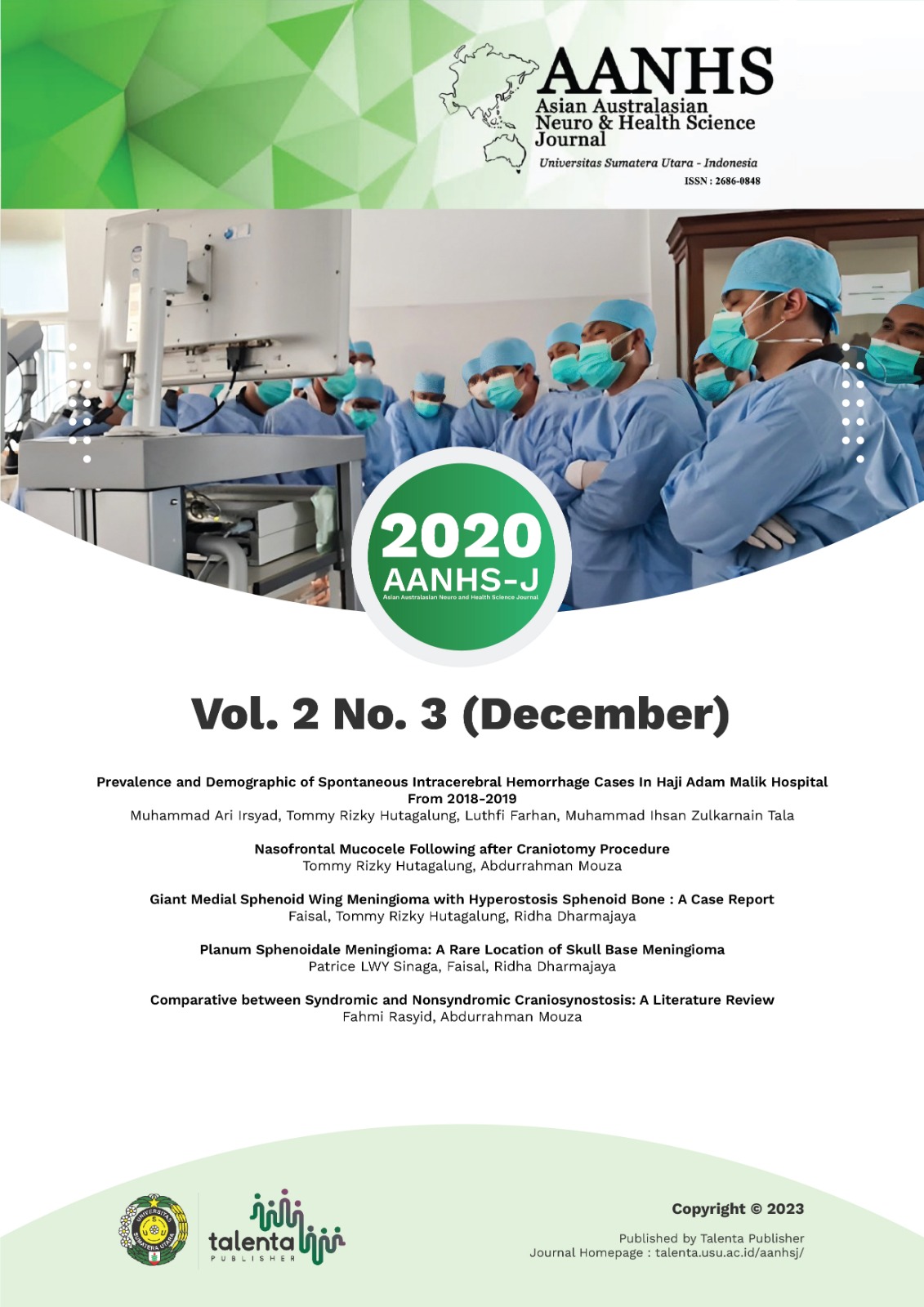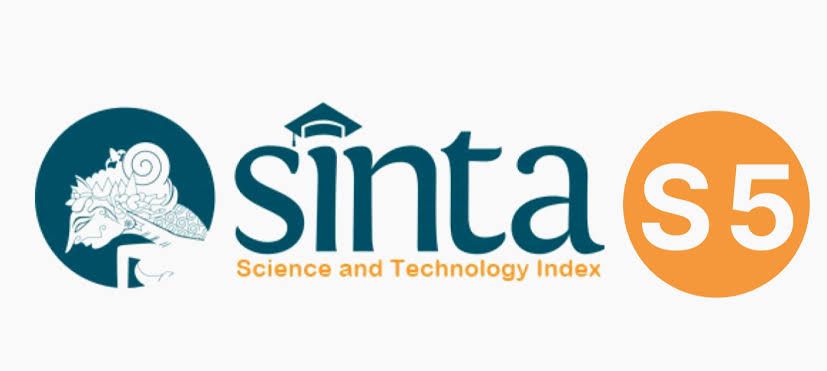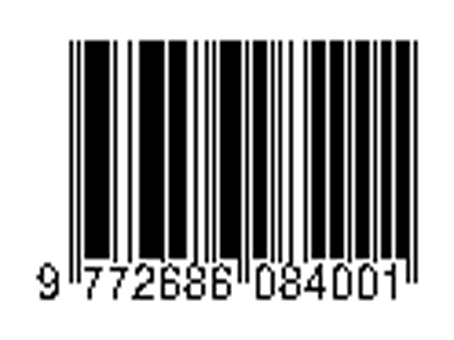Nasofrontal Mucocele Following after Craniotomy Procedure
DOI:
https://doi.org/10.32734/aanhsj.v2i3.4623Keywords:
Mucocele, Frontal, Infection, NeurosurgeryAbstract
Introduction : Mucocele is a chronic, expanding, mucosa-lined lesion of the paranasal sinus characterized by mucous retention that can be infected becoming a mucopyocele. They originate from obstruction of the sinus ostium by congenital anomalies, infection, inflammation, allergy, trauma (including surgery) or a benign or malignant tumor. The frontal sinuses are most commonly affected, and subsequently ethmoidal sinuses.
Case Report : A 56 years old man, presented with a lump on the left and right forehead accompanied by a protruding left eye since 6 months and is getting wors. Patient with a history of craniectomy debridement surgery indicated for open depressed fracture due to an accident 12 years ago, then underwent a titanium mesh cranioplasty 11 years ago. From examination of the head CT scan revealed a solid mass lesion filling the left and right frontal sinuses expands into the left orbital cavity. Bifrontal craniotomy was performed on the patient.
Discussion : Mucoceles are mucous-secreting expansive pseudocystic formations, and capable of expansion by virtue of a dynamic process of bone resorption and new bone formation. They result from obstruction of a sinus ostium and frequently are related to a previous condition as chronic sinusitis, trauma, surgery or expansible lesion. With continued secretion and accumulation mucus, the increasing pressure causes atrophy or erosion of the bone of the sinus, allowing the mucocele to expand in the path of less resistance. This may be into the orbit, adjacent sinuses, nasal cavity, intracranial or through the skin; intracranial and orbital extension were demonstrated in this patient.
Conclusion : Frontal mucoceles are benign and curable, but early diagnosis and treatment of them is important. Open surgery remains a valid procedure in frontal mucoceles with orbital and/or intracranial extension and in cases where the district anatomy is unfavourable for a purely endonasal approach.
Downloads
Downloads
Published
How to Cite
Issue
Section
License
Copyright (c) 2020 Asian Australasian Neuro and Health Science Journal (AANHS-J)

This work is licensed under a Creative Commons Attribution-NonCommercial-NoDerivatives 4.0 International License.
The Authors submitting a manuscript do understand that if the manuscript was accepted for publication, the copyright of the article shall be assigned to AANHS Journal.
The copyright encompasses exclusive rights to reproduce and deliver the article in all forms and media. The reproduction of any part of this journal, its storage in databases and its transmission by any form or media will be allowed only with a written permission from Asian Australasian Neuro and Health Science Journal (AANHSJ).
The Copyright Transfer Form can be downloaded here.
The Copyright form should be signed originally and sent to the Editorial Office in the form of original mail or scanned document.














